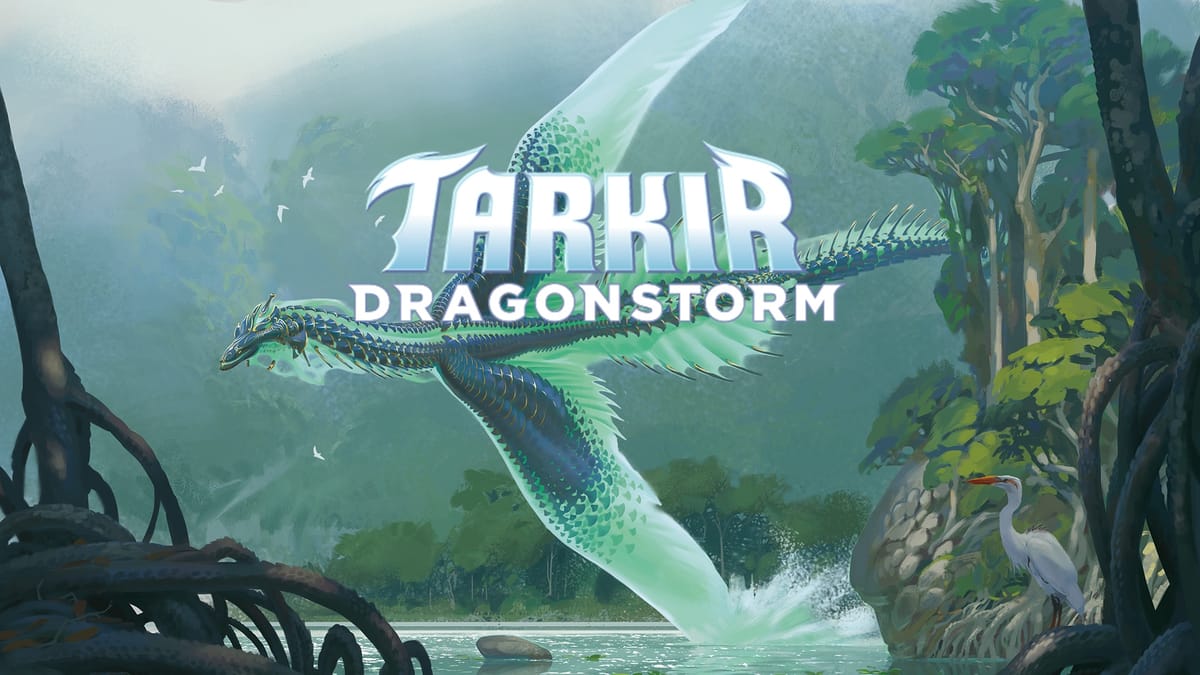
It’s been a while since we’ve seen Tarkir in Magic: The Gathering, and we’ve returned with Tarkir: Dragonstorm. This set has a lot of history to it as… checks internet, the original Khans of Tarkir set came out in 2014. I shouldn’t have looked that up. Sadly, this does make sense as Tarkir is where we get the names for the “three color wedges” within Magic. Tarkir is dominated by dragons and the five clans that inhabit it. The Mardu, Abzan, Jeskai, Sultai, and Temur have been staples of Magic lingo ever since that original block. There are a lot of people who love the original Tarkir block, so Tarkir: Dragonstorm could the most anticipated return to a plane since Kamigawa: Neon Dynasty. Let's see if this set can live up to those expectations.
Overview - Encroaching Dragonstorm
Tarkir: Dragonstorm is a three-color focused set that relies on the five wedge colors: Abazan (White/Black/Green), Jeskai (Blue/Red/White), Sultai (Black/Green/Blue), Mardu (Red/White/Black), and Temur (Green, Blue, Red). The set is largely designed with building decks in one of these three colors. On top of the clans is also a focus on the many dragons that inhabit Tarkir, and these come in all colors. Each of the clans has a new keyword mechanic on top of the brand-new card type, so let’s examine the mechanics within Tarkir: Dragonstorm.
Endure is tied to the Abzan, and when a creature Endures, it either puts X +1/+1 counters on itself or it creates a X/X spirit token. The Abzan focus on creating a lot of tokens or adding counters on creatures.
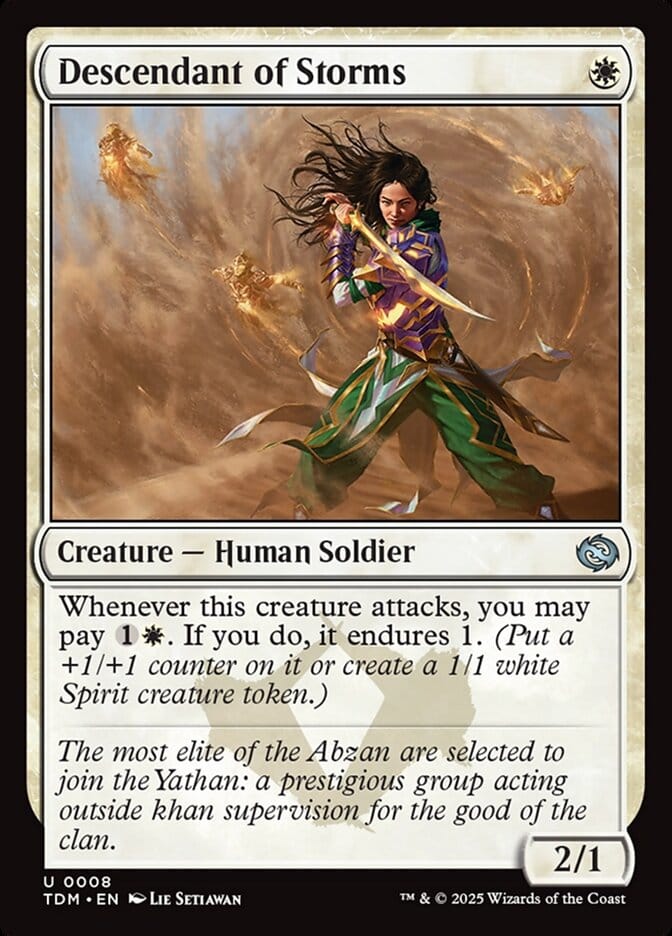
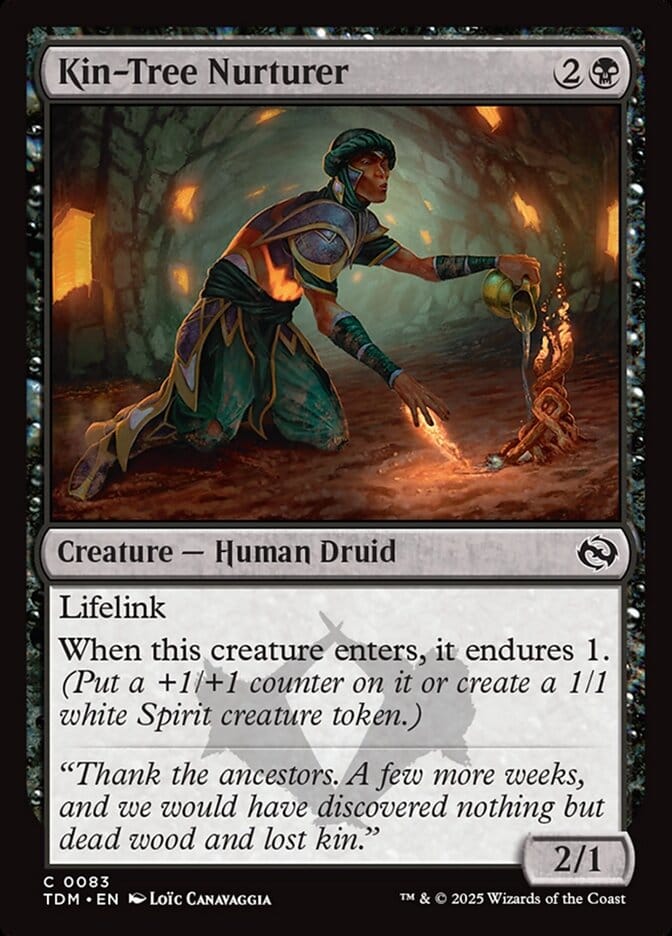
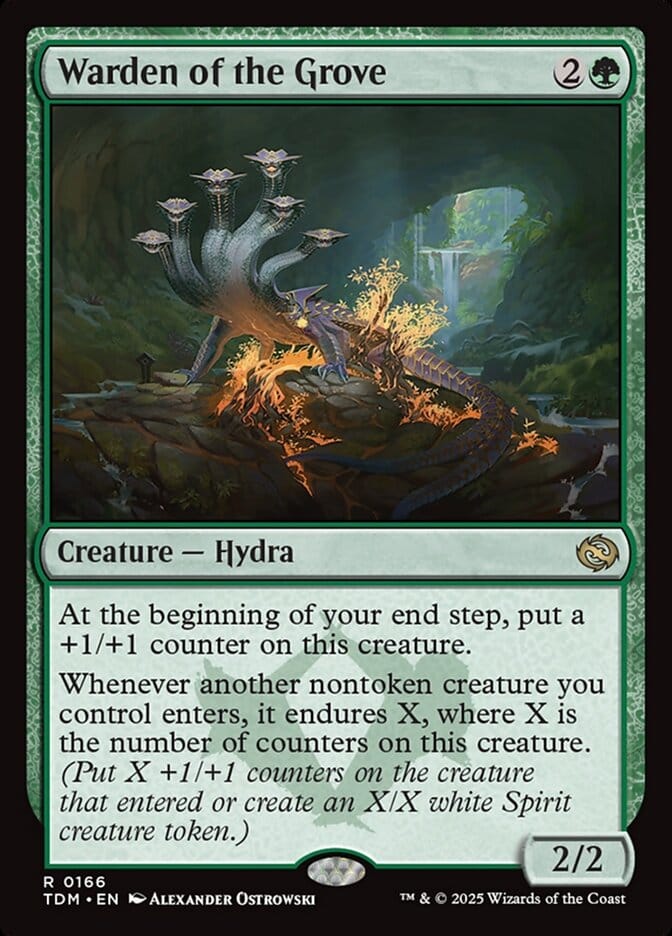
Endure cards
Flurry isn’t exactly new, as “second spell this turn” has been around before, but it’s now a keyword and triggers when you cast your second spell each turn. Centered on the Jeskai, Flurry wants you to cast a lot of cheap spells to empower your Flurry creatures.
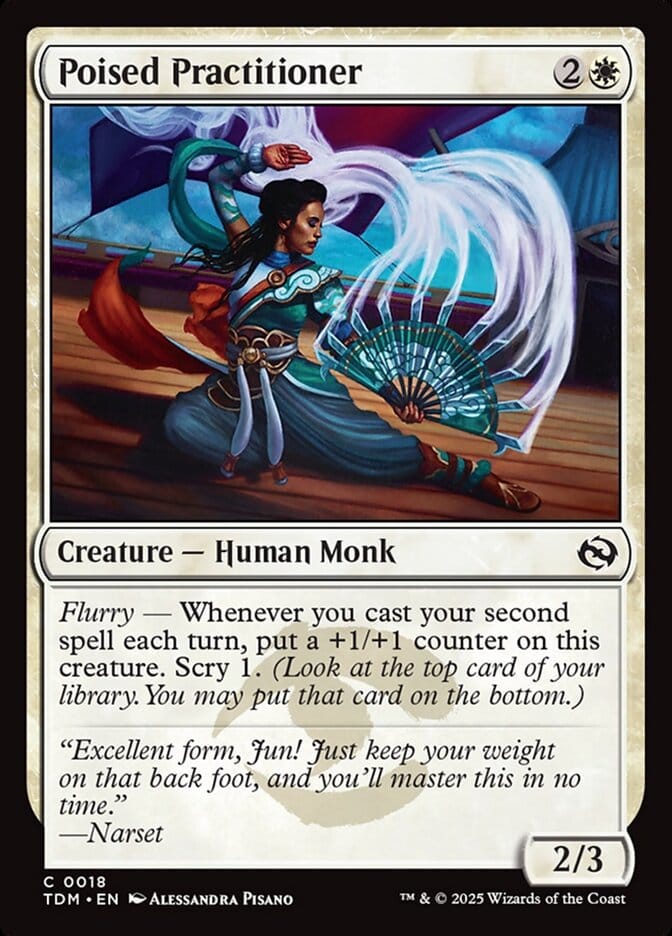
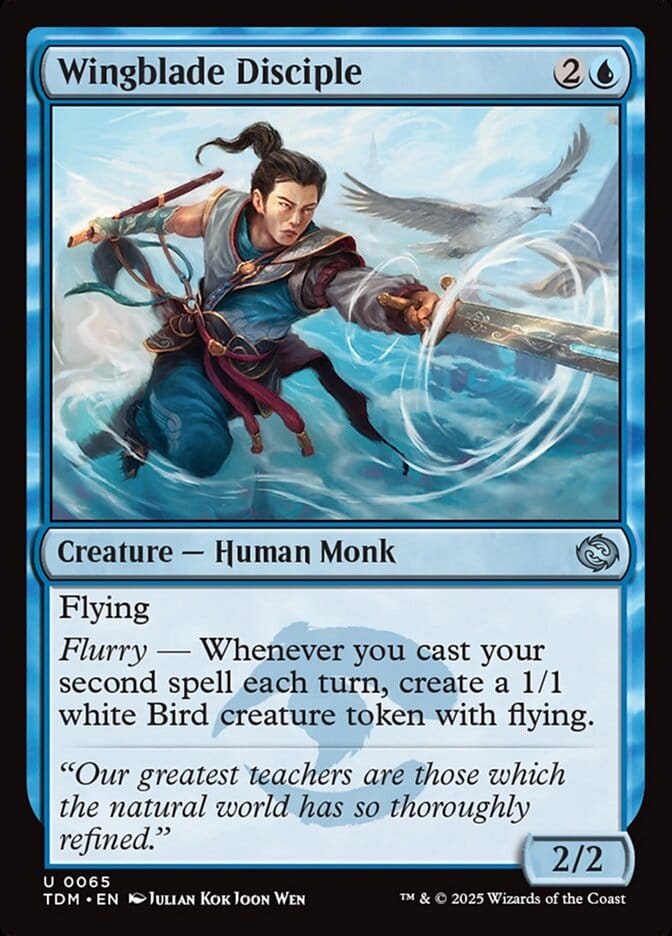

Flurry cards
Renew goes with the Sultai, and allows you to exile a card with Renew from your graveyard for its ability. Most of the Renew creatures add counters or otherwise empower creatures from your graveyard.
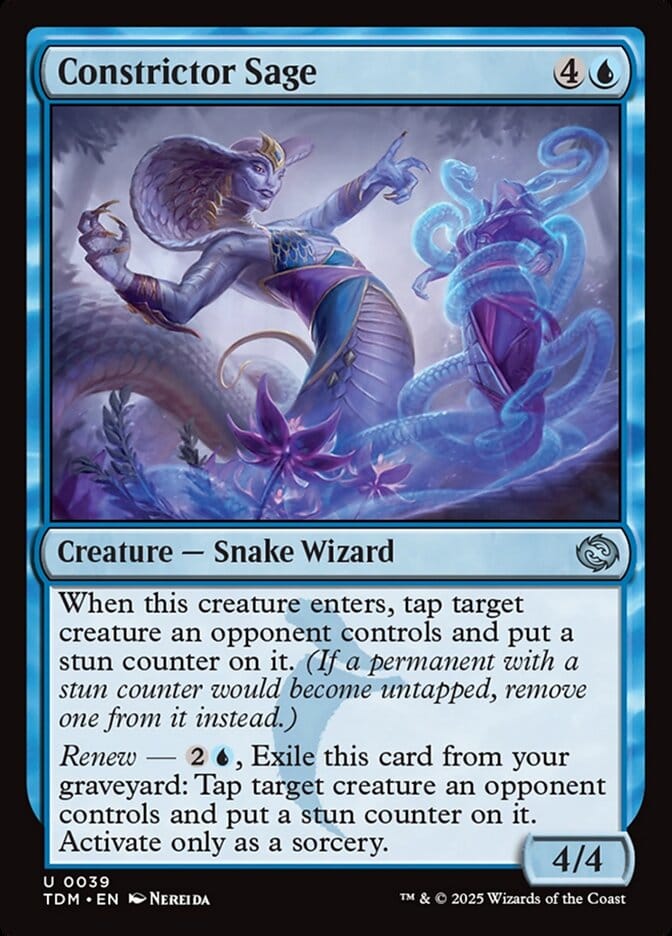
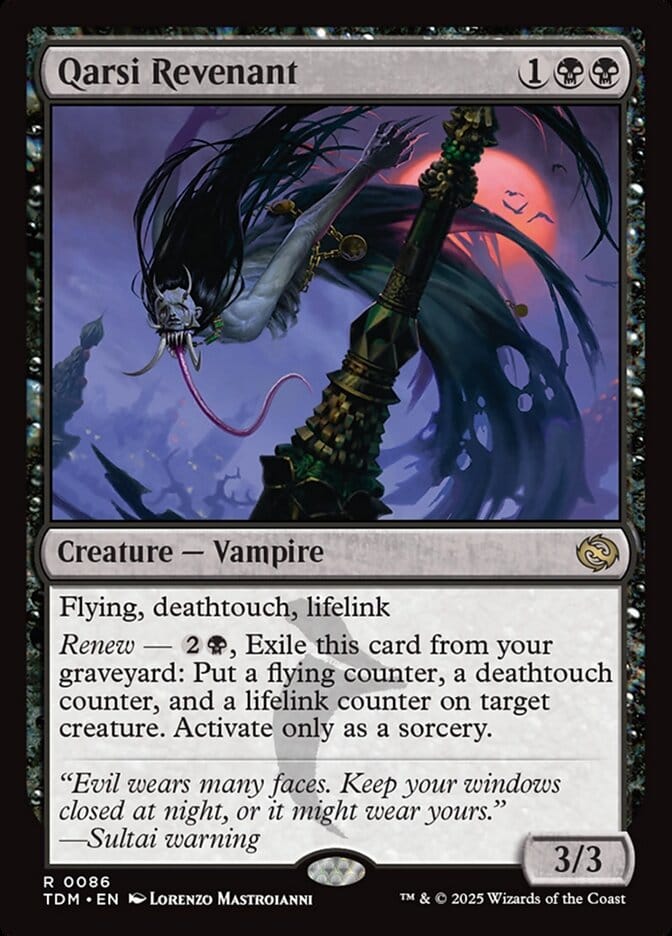
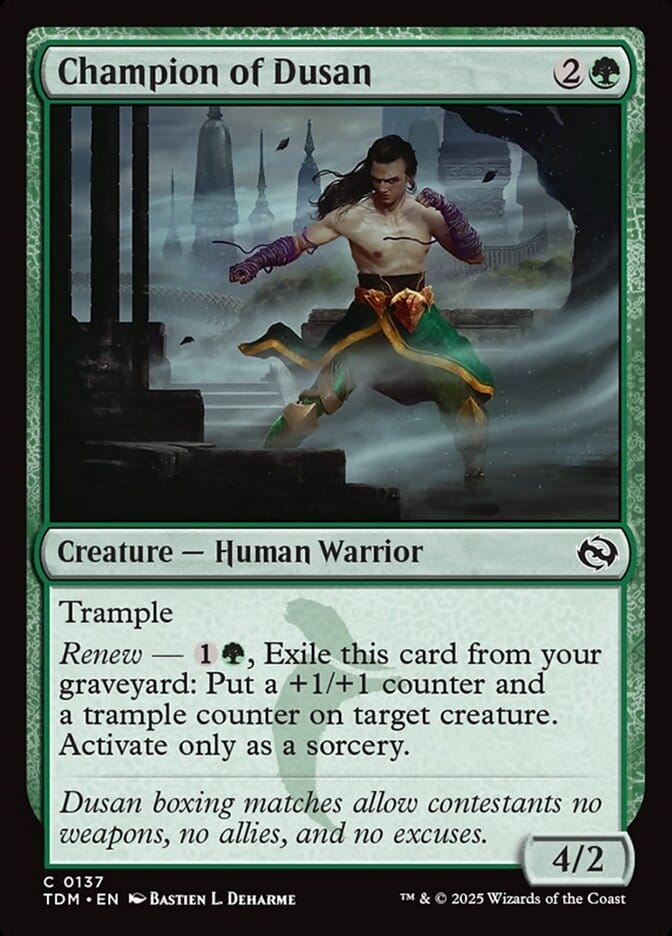
Renew cards
Mobilize marches along with the Mardu and is an aggressive mechanic that creates X 1/1 warrior tapped and attacking tokens when the Mobilize creature attacks. You then sacrifice these tokens at the next end step.
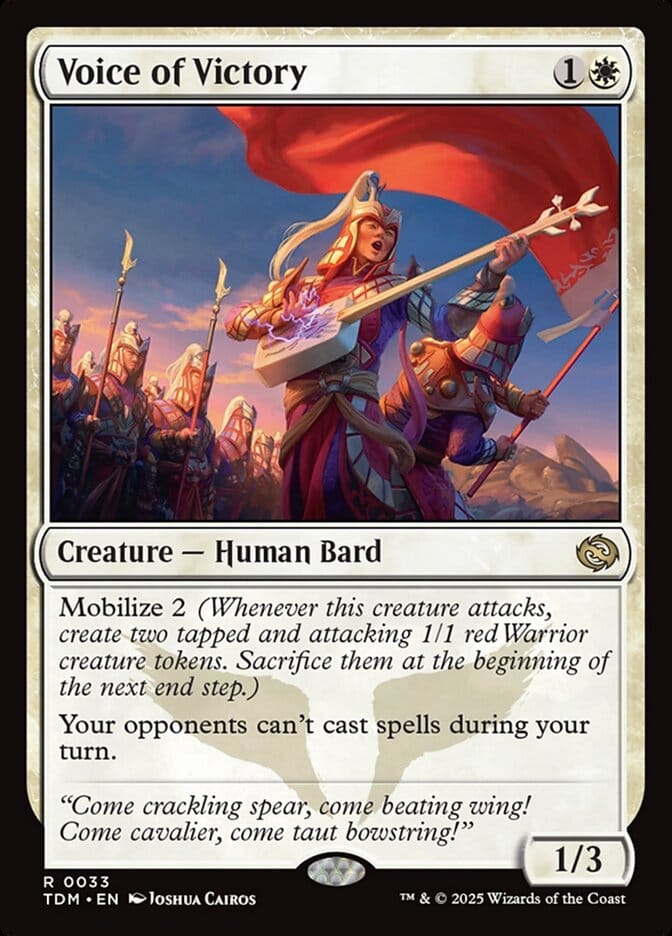
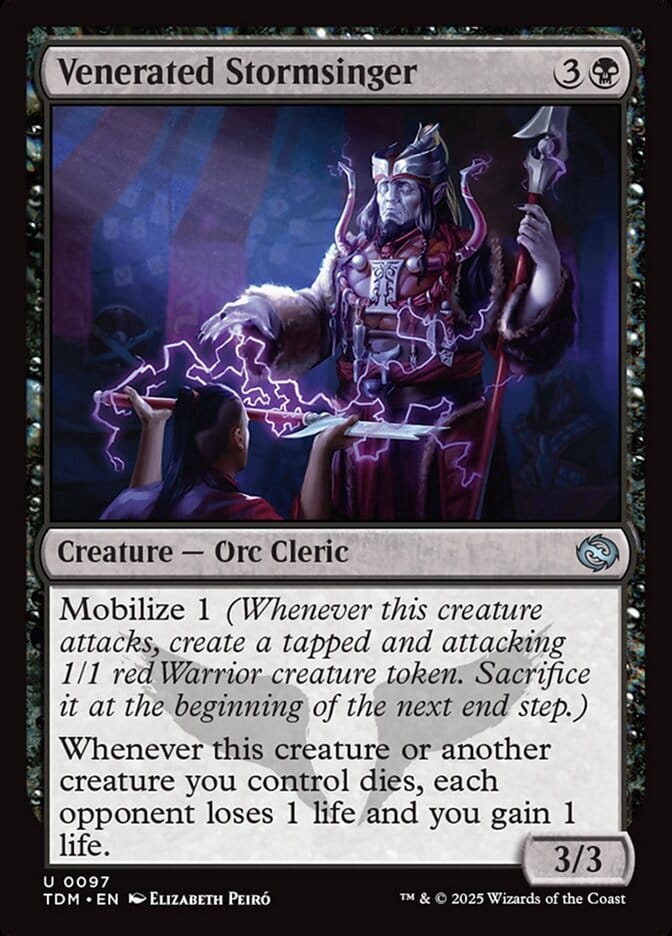
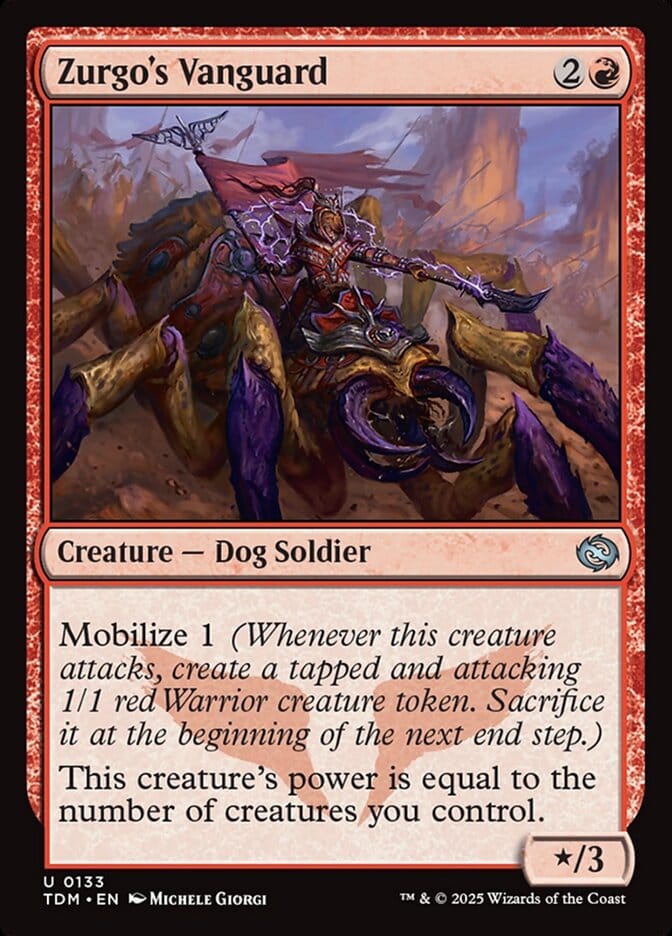
Mobilize cards
Harmonize sings along with the Temur and allows you to cast a card for its Harmonize cost from the graveyard. You can even tap a creature to reduce the cost of that spell by X, where X is that creature's power.

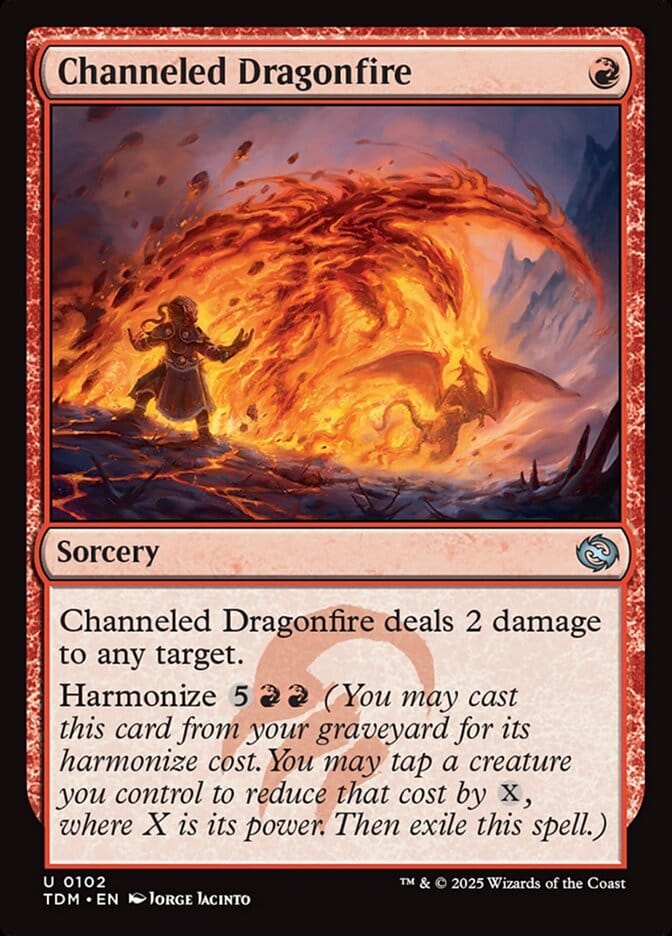
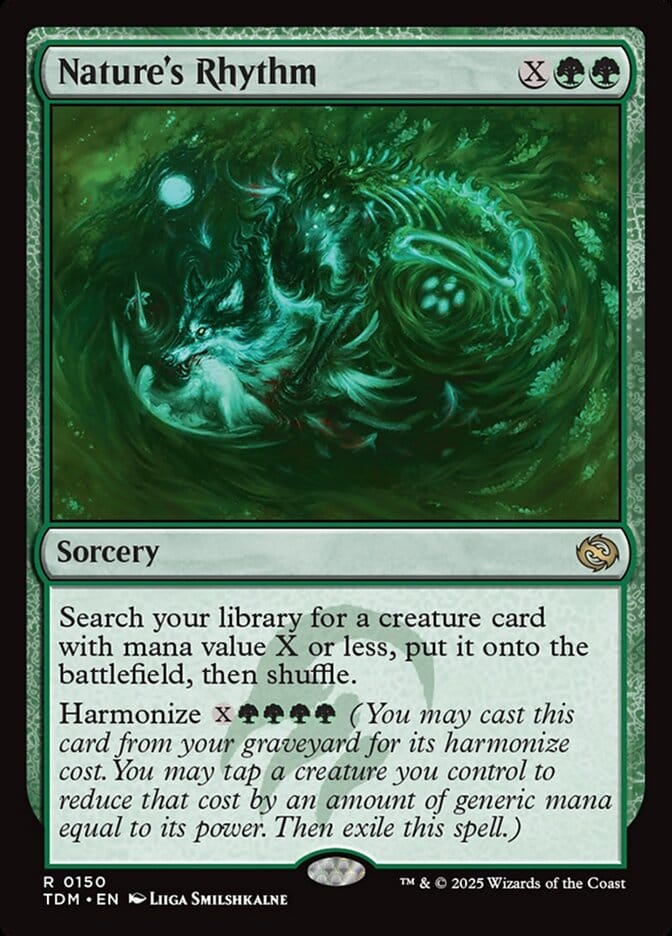
Harmonize cards
There is an entirely new card type only found on dragons called Omens. Similar to Adventure cards, an Omen card has a second spell in the bottom right corner that is always an instant or sorcery. Instead of being exiled, Omens shuffle themselves into your library to be drawn again later.
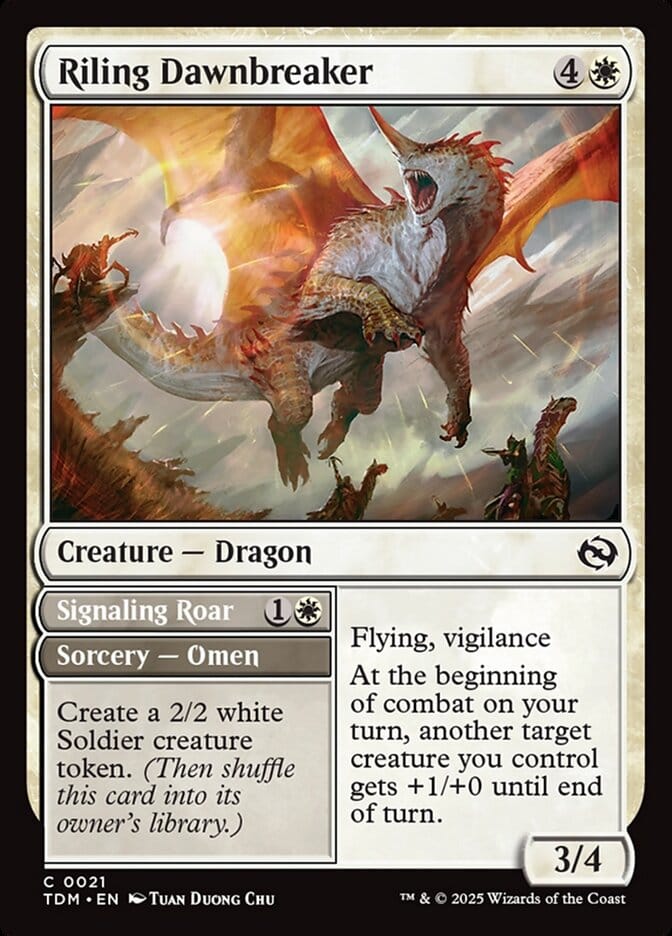
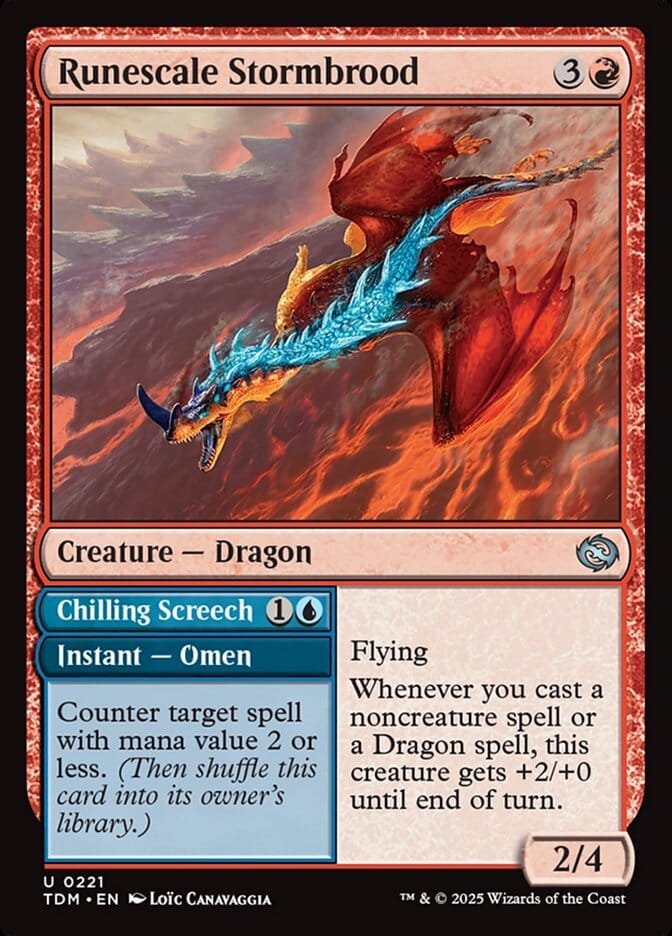
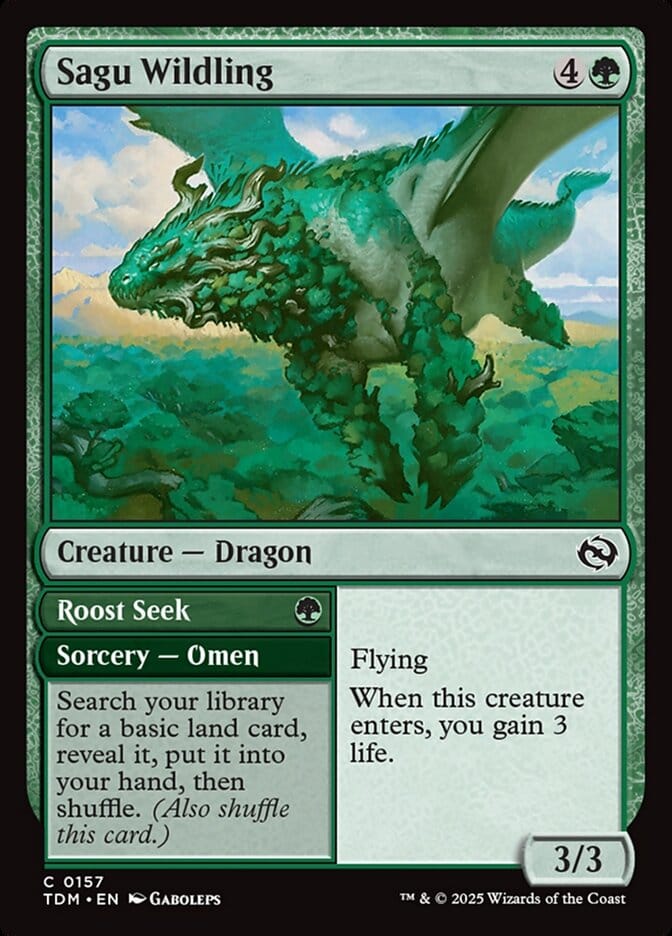
The new Omen card type
The last new mechanic is Behold. In this set, we are beholding dragons. Cards have additional abilities when you are able to show that you have a dragon, either by selecting one you control on the battlefield or by revealing one from your hand.
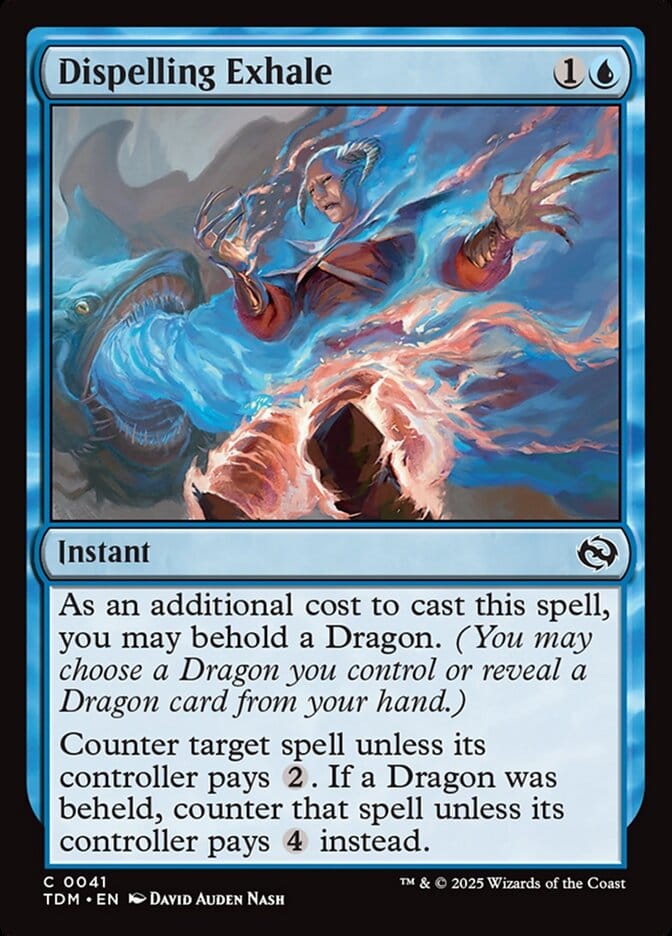

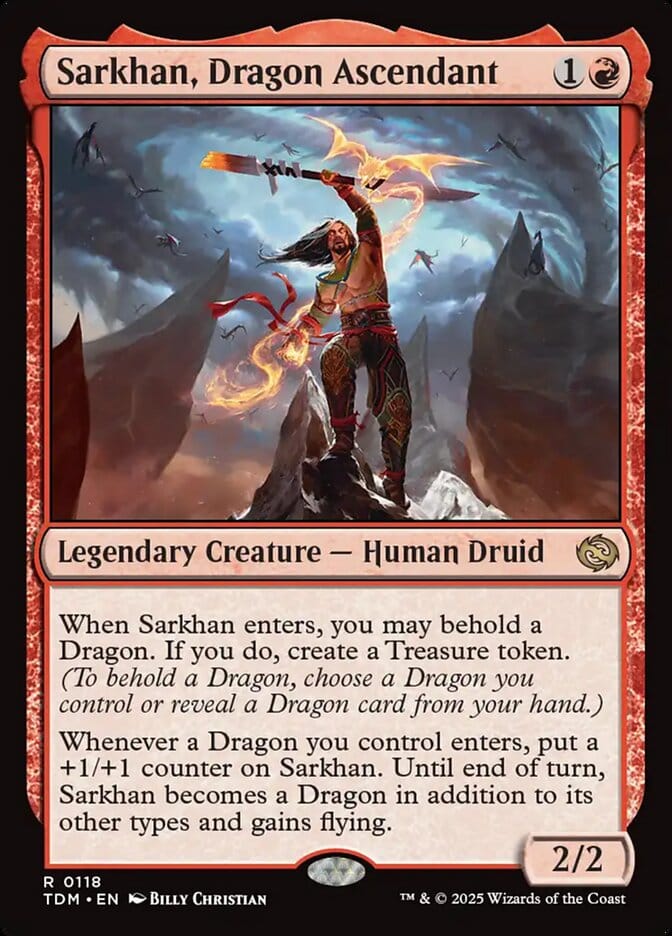
Cards with the Behold keyword
Pros - Rediscover the Way
This is a lot of new mechanics for one set, so if your head is spinning, that’s fair. What blew me away about Tarkir: Dragonstorm is how well these mechanics interact. I haven’t drafted a lot of three-color sets, and the advice I followed suggested starting with two colors and then finding your third as you draft. For this set, you could start by drafting white and black cards, meaning you could choose red or green to fully form your draft deck. In this example, you end up taking red and going into Mardu, and even if you’ve taken Abzan-focused cards like Descendant of Storms, it will still contribute to a different strategy. Endure can make creature tokens, and that’s what Mardu decks focus on. Another example would be how both Endure and Renew focus on empowering creatures through counters. Each clan has two colors in common with one other clan, and you can feel this both mechanically and thematically.
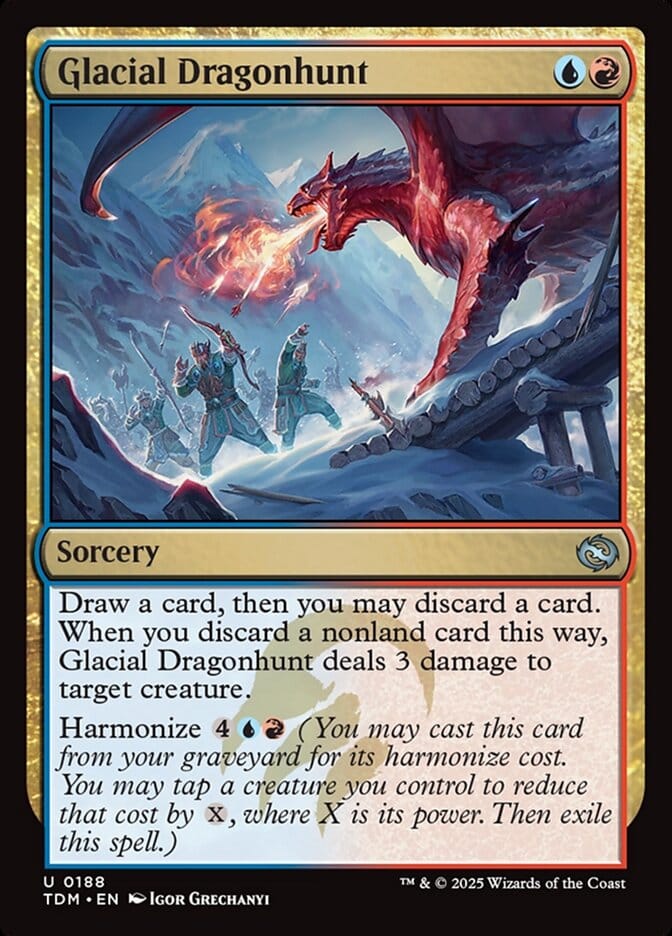
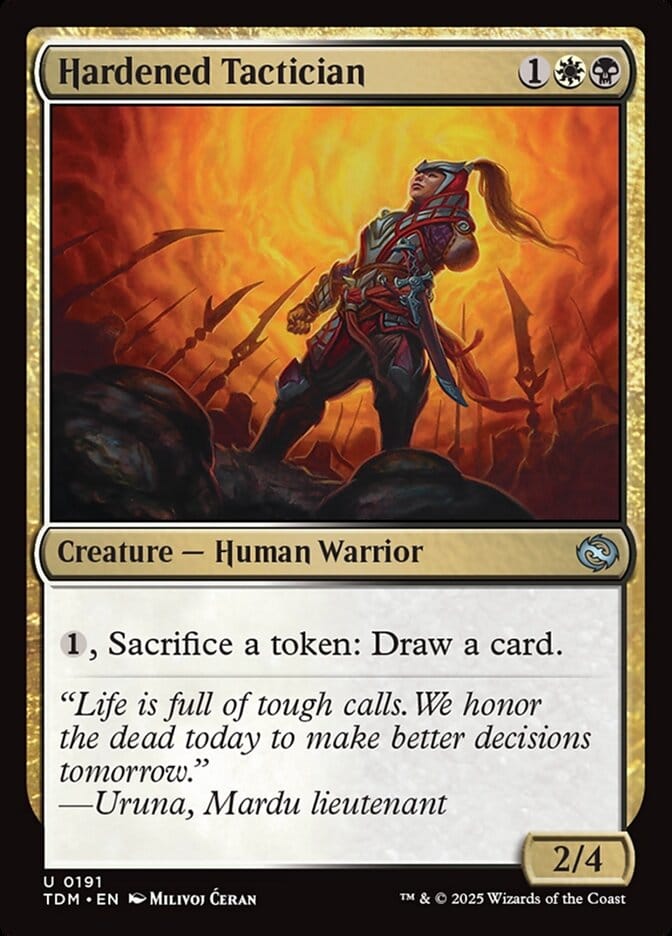
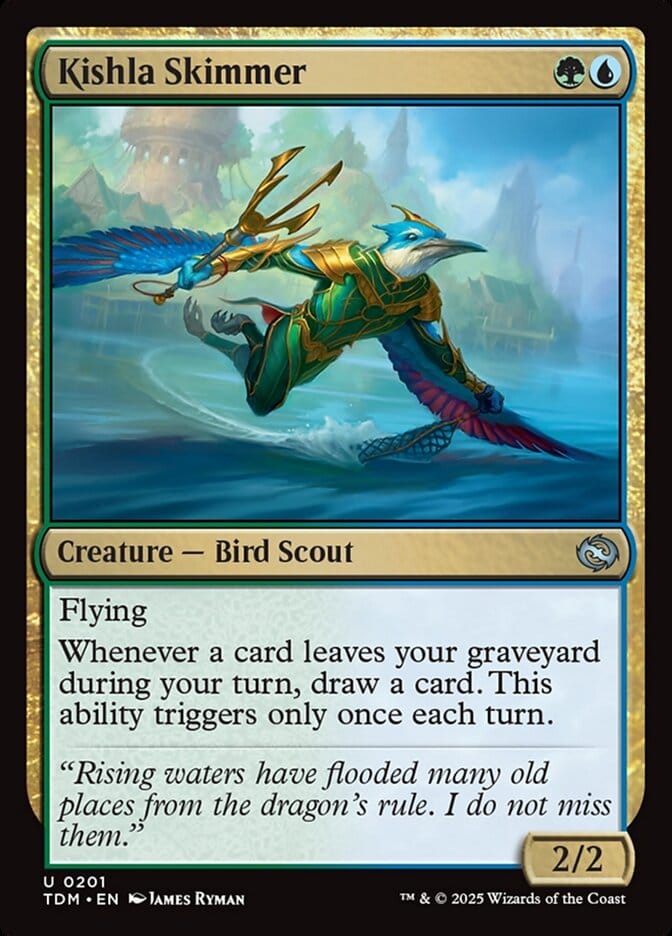
Cards sharing two colors between two of the clans
The color pie is one of the foundations of Magic: The Gathering. Tarkir: Dragonstorm showcases what it means when these colors intersect. What does it mean to be Mardu (Red/White/Black)? It means you’re aggressive (Red), you’re using small creatures such as soldiers or warriors (White), and that you will benefit from those creatures dying (Black). This set is a perfect way to see these mechanics in action. The difference between Mardu and Abzan (Red and Green) is that you trade off the aggressive nature for more powerful, but slower creatures. The set recognizes that the Mardu and Abzan have more in common than not and uses that to its advantage.
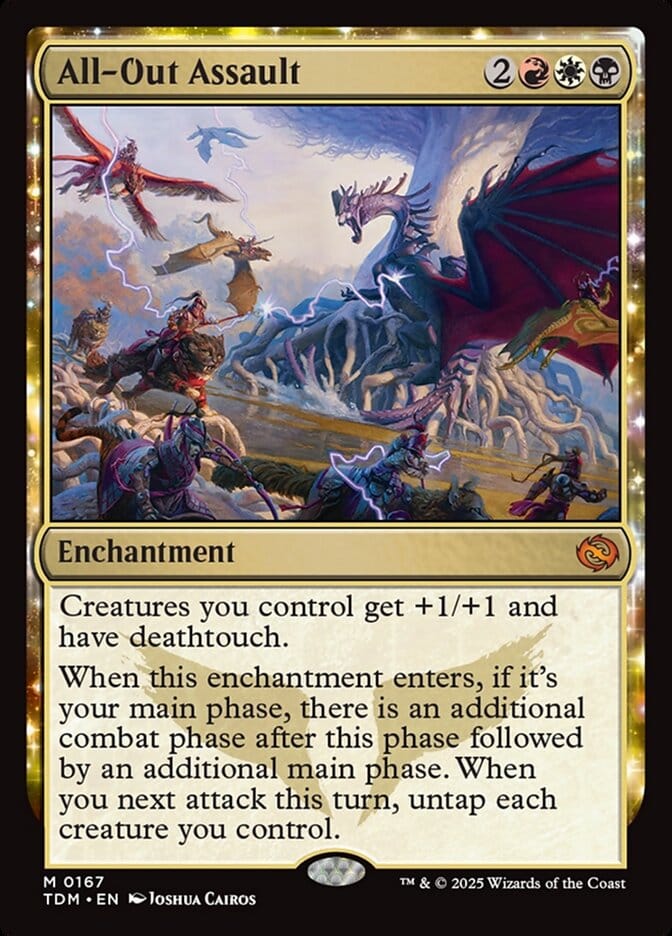

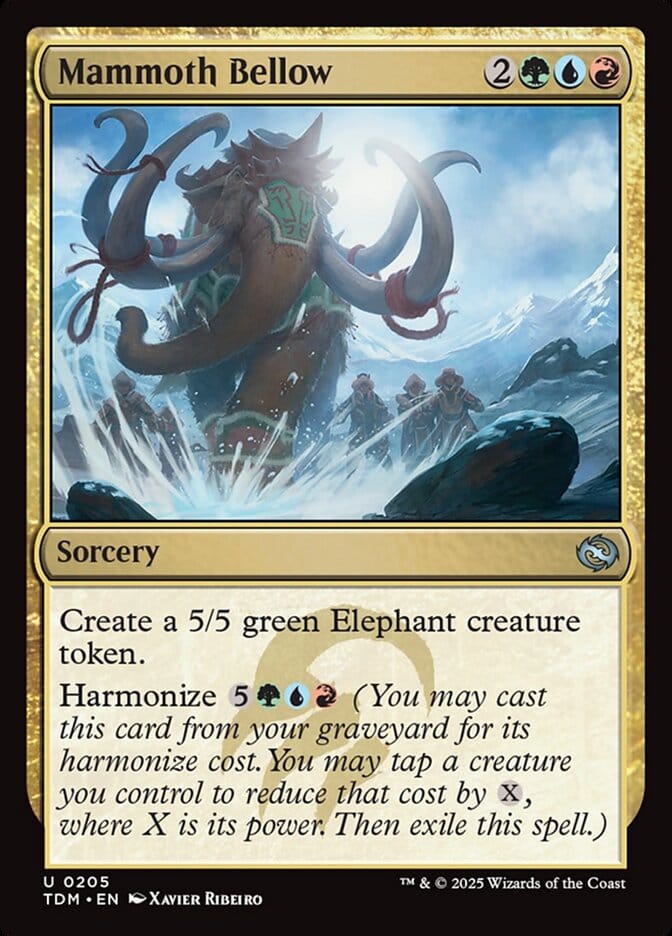
Three color cards
What makes Tarkir: Dragonstorm so well designed is the level of flexibility found within. Other draft sets tend to focus on two color pairs, but with three three-color design, there’s more nuance. I’ve mentioned how you can pivot through a draft as you find your colors, but it’s also fine to start with a three-color pick and try to lock down your deck right from the start. Did you open an awesome three-color rare in pack one? You can try to build around it. Beyond just drafting the three-color decks, you can also try to draft the dragons. While difficult to assemble, the dragons are appropriately powerful for being across all five colors. This is where the Omen mechanic shines. Each of the smaller spells stapled to the dragon isn’t something game-breaking, but they are usually something that helps you stay alive. As you play omens, they shuffle back in, making it likely you’ll draw a powerful dragon later in the game. Likely, you’ll need these dragons to be powerful to get back into the game. Behold also falls into this deck, as everything you can behold happens to be a dragon. These two mechanics synergize if you’re trying to build into the dragon deck.
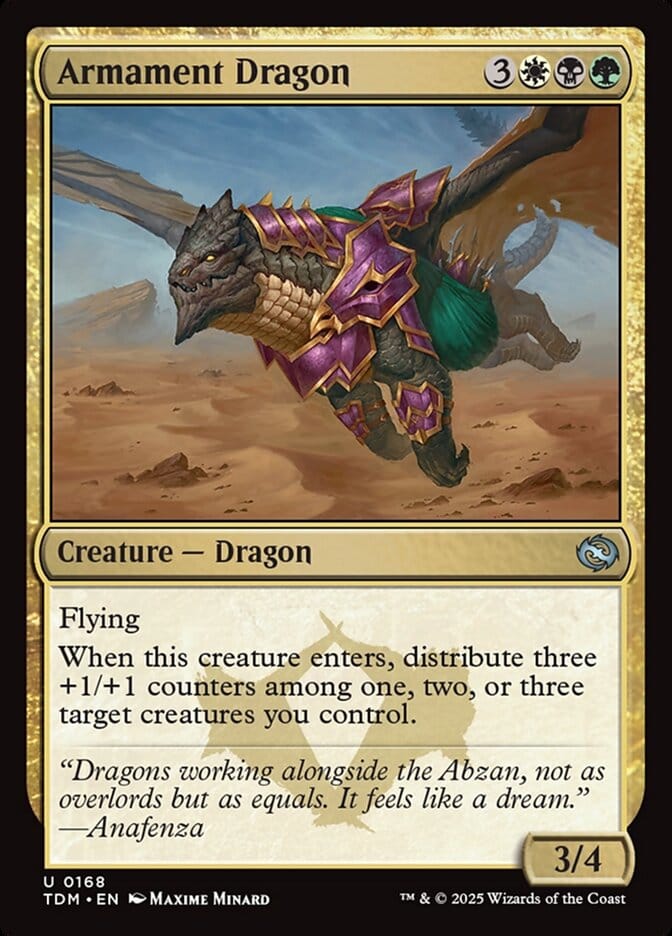
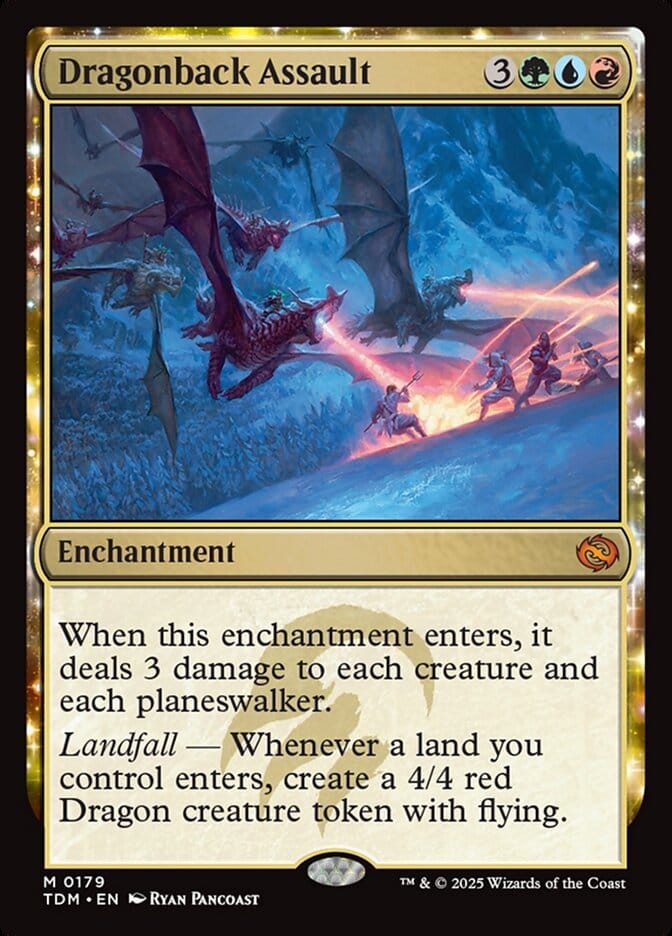
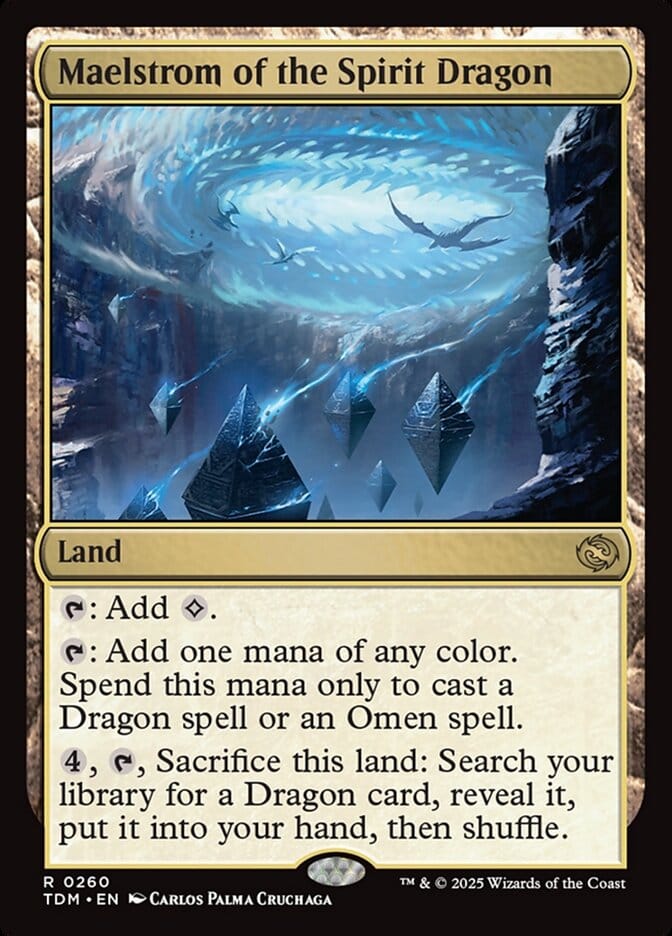
Dragon focused cards
Tarkir: Dragonstorm might be the most cohesive three-color design to date. The lessons learned from previous three-color sets are here. A different example of this is the use of hybrid mana cards that seem like they're only intended for one clan. If you look at a card like Reputable Merchant, it could be played for three mana in an Abzan deck, but it is still perfectly playable in Sultai colors at four mana. These are here as cards that aren’t super powerful, but you’ll take them because at least you can play that card. There are over a dozen different designs working within the set to ensure it all works. If you examine the set’s cycle list, you’ll see there are many more five-card cycles (monuments, lands, clan spells, etc) designed for building color-heavy decks. The best part is that all of these individual designs are great. Another example is the cycle of Sieges. These are enchantments that come in a two-color pair that always share two of each clan's colors. These cards have a mode for each of those clans, offering flexibility in the draft and during gameplay. If you’re building into the dragon deck, you’ll be hunting cards like the exhale cycle of cards and the monuments to fix your mana. There’s just top-notch design work here, ensuring all of these complex mechanics are working together to form an even better whole.

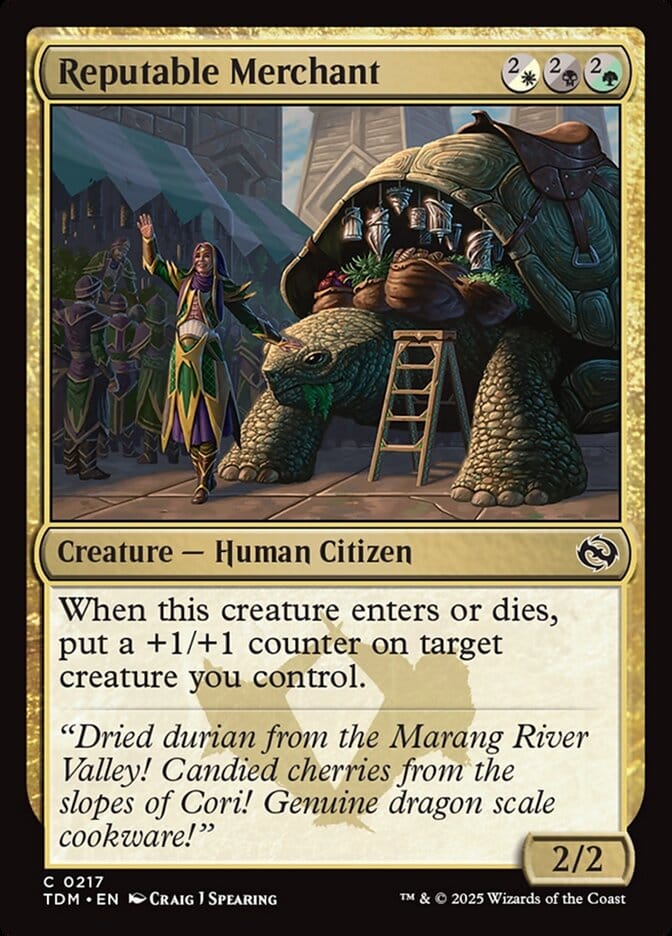
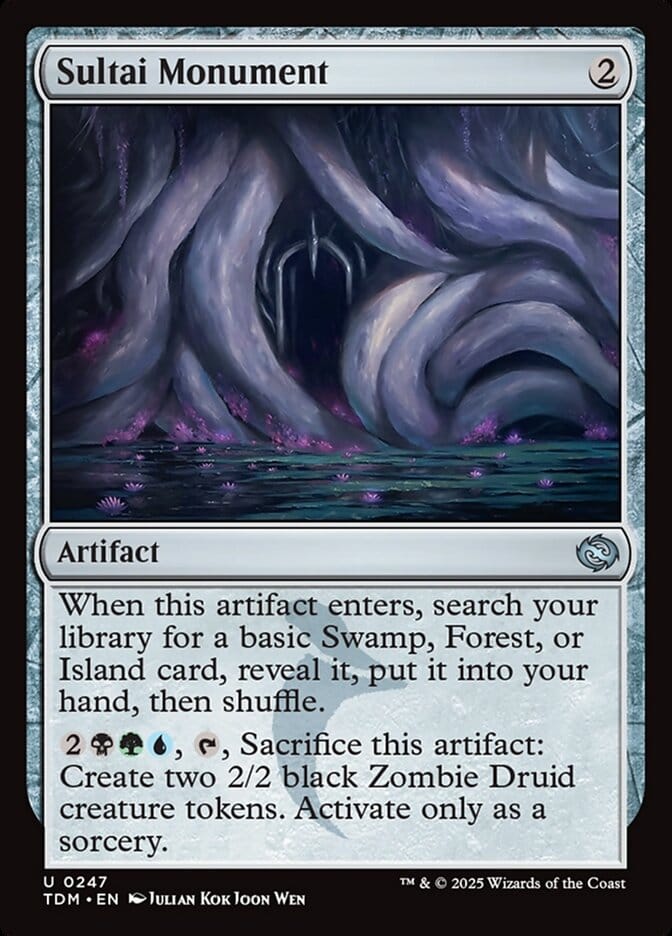
Cards within cycles that support building color heavy decks
There was a lot of care in ensuring players would be able to cast their multicolor spells, which is typically difficult for draft. This set might very well be a contender for best of 2025, and we’re not far into the year.
Cons - Strategic Betrayal
I am hard pressed to find negatives within Tarkir: Dragonstorm. Mechanically and thematically, the set is among the best. The three-color focus makes this set more complicated than most, and if you’re not into dragons… well it’s in the name. Lore-wise, it is odd that the dragonlords died offscreen. They were kind of a big deal to Tarkir, and they’re not anywhere to be found within the set.
My biggest criticism is, once again, the number of art variants. Instead of rehashing my “too many art variants.” I’m just going to leave this image of where you can find all the variants. Most of them are locked behind collector boosters. Does it need to be so complicated?

Art - Winternight Stories
The artwork for Tarkir: Dragonstorm is fantastic. This is a Magic set steeped in the lore of the game. One of the smaller details that I adore about this set is that even the artwork will help you determine where the cards are intended to go. The denizens of each clan are easily distinguishable from one another by their different cultures. The plane of Tarkir is lovingly depicted across the cards, and even at a glance, you can tell which clan a person belongs to, which is so helpful for draft. I adore the normal, borderless, and draconic showcase frames for this set. I’m not quite a fan of the clan showcase frames as I find them monolithic with their solid black backgrounds. The reversible dragon cards, along with the ghostfire frames, are different, but neither is for me.
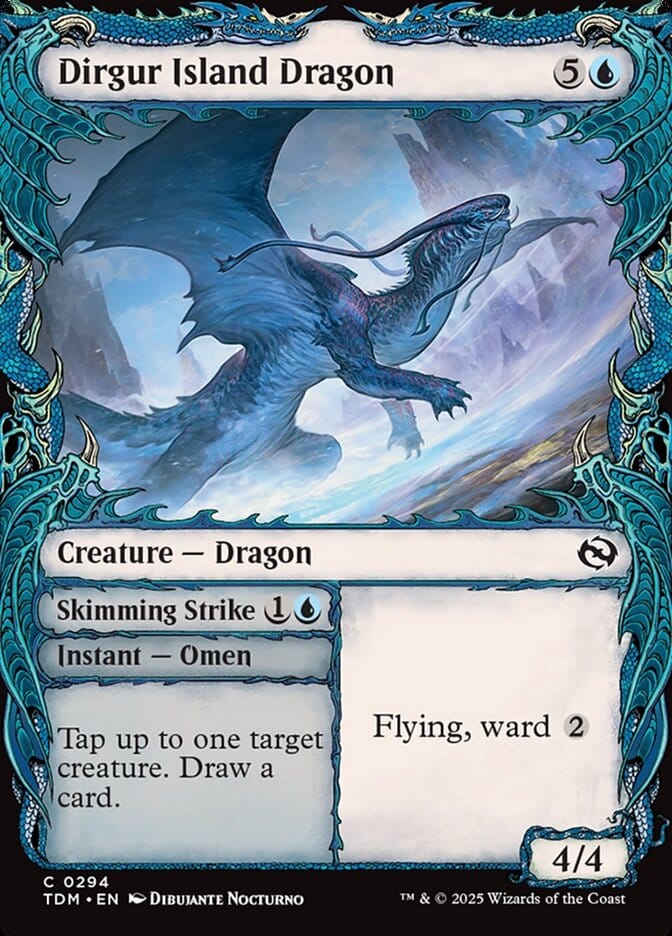
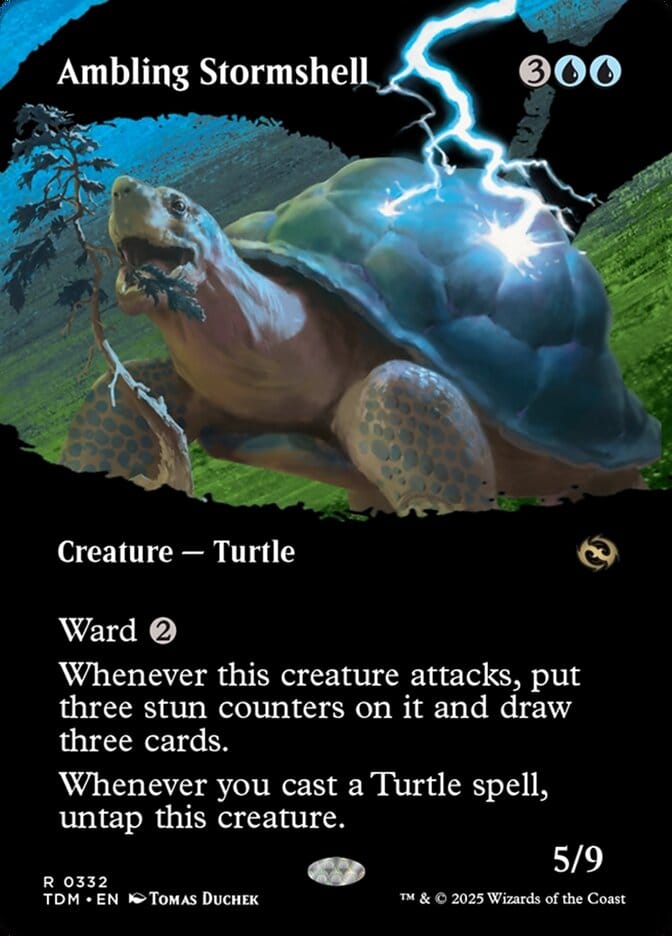
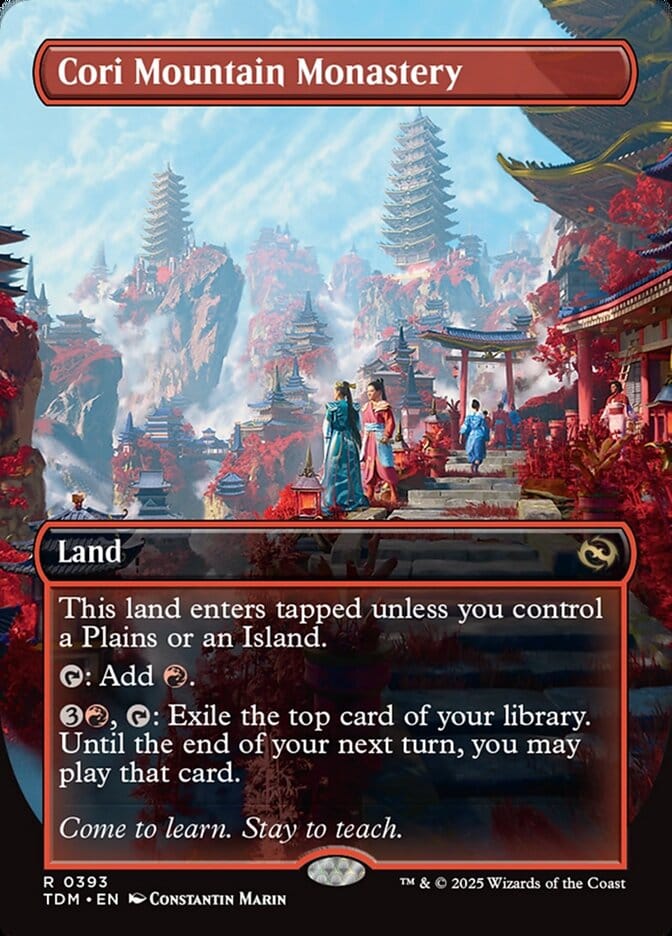
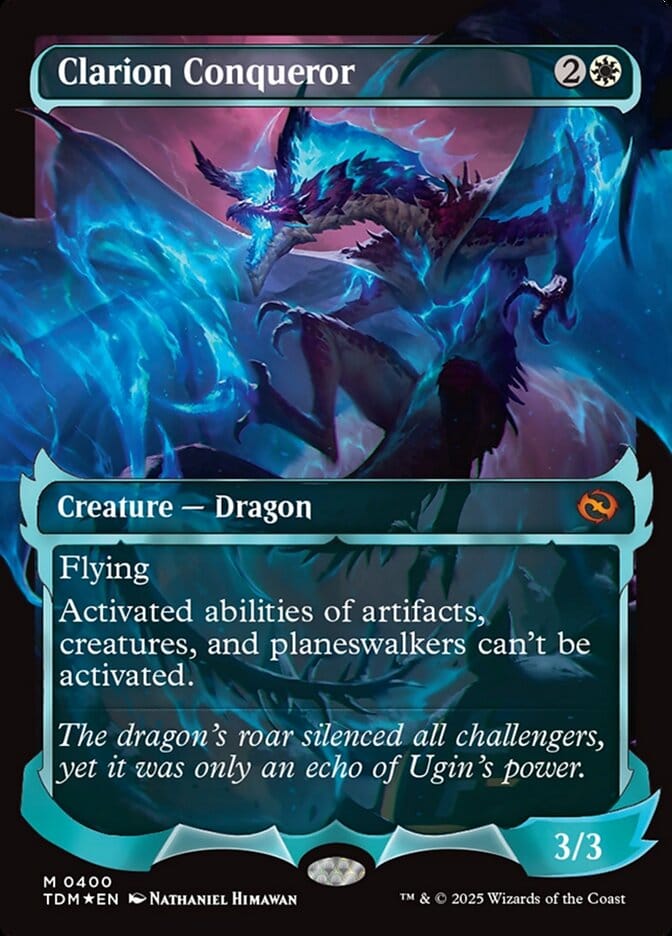
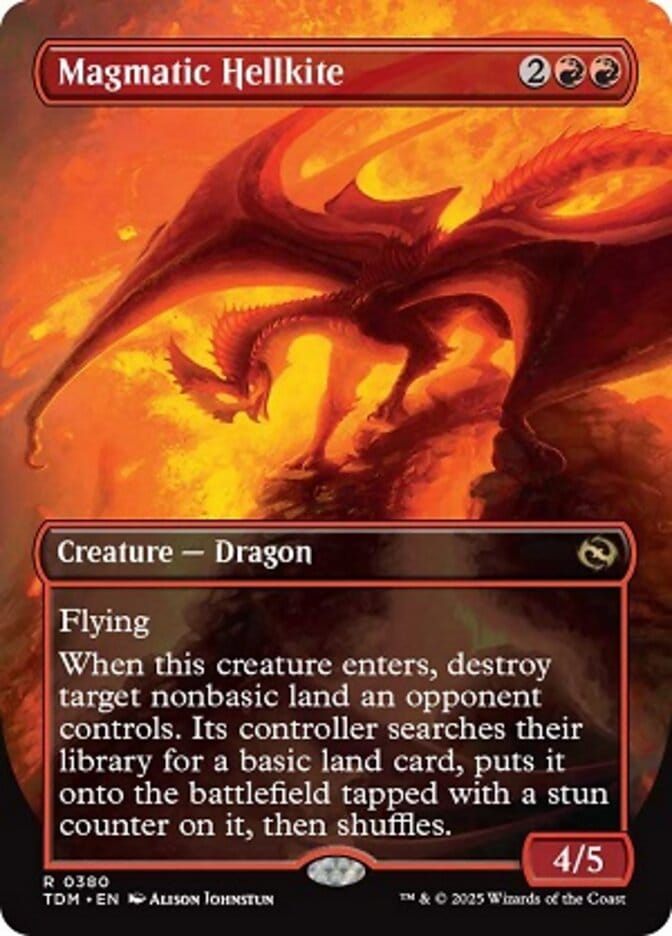
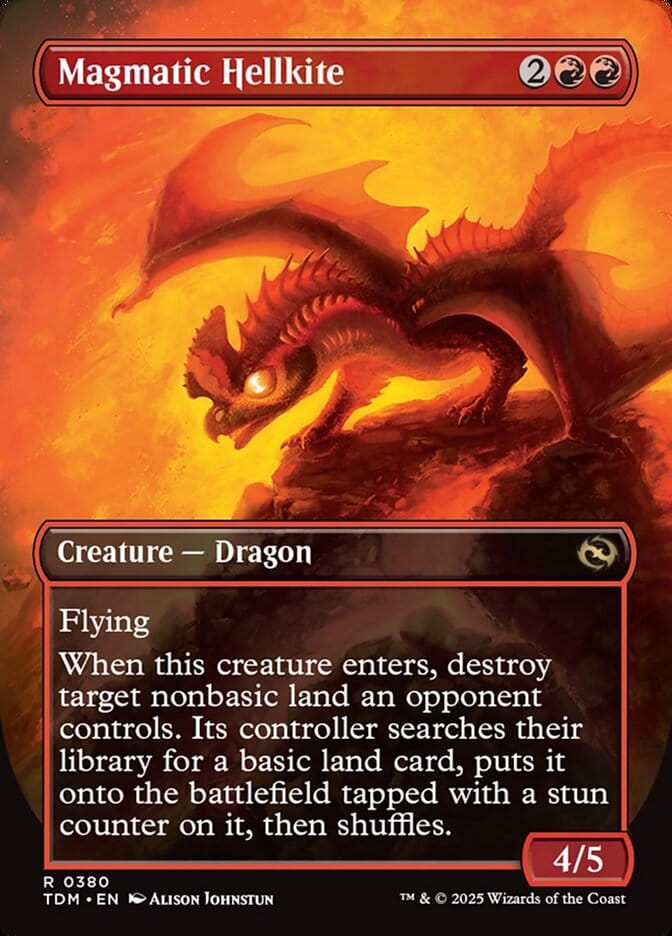
The many art variants for Tarkir: Dragonstorm
Magic: The Gathering - Tarkir: Dragonstorm
Excellent
Tarkir: Dragonstorm is an amazing set. This is an incredible return to one of Magic’s iconic planes. Everything throughout this set is a love letter to the setting and the game. Everything inside this set is working to ensure that players will be able to play three-color (or more) decks despite that being mechanically challenging in draft. The hallmark of Tarkir: Dragonstorm is the cohesive design that allows players to assemble incredibly fun decks. If you’re even just a little interested in this set, go play it; this is already a contender for best set of 2025.
Pros
- The most cohesive three-color set design yet
- Fun new mechanics
- Incredible artwork and flavor throughout
Cons
- Three-color design is more complicated than most draft sets
This review is based on a retail copy provided by the publisher.